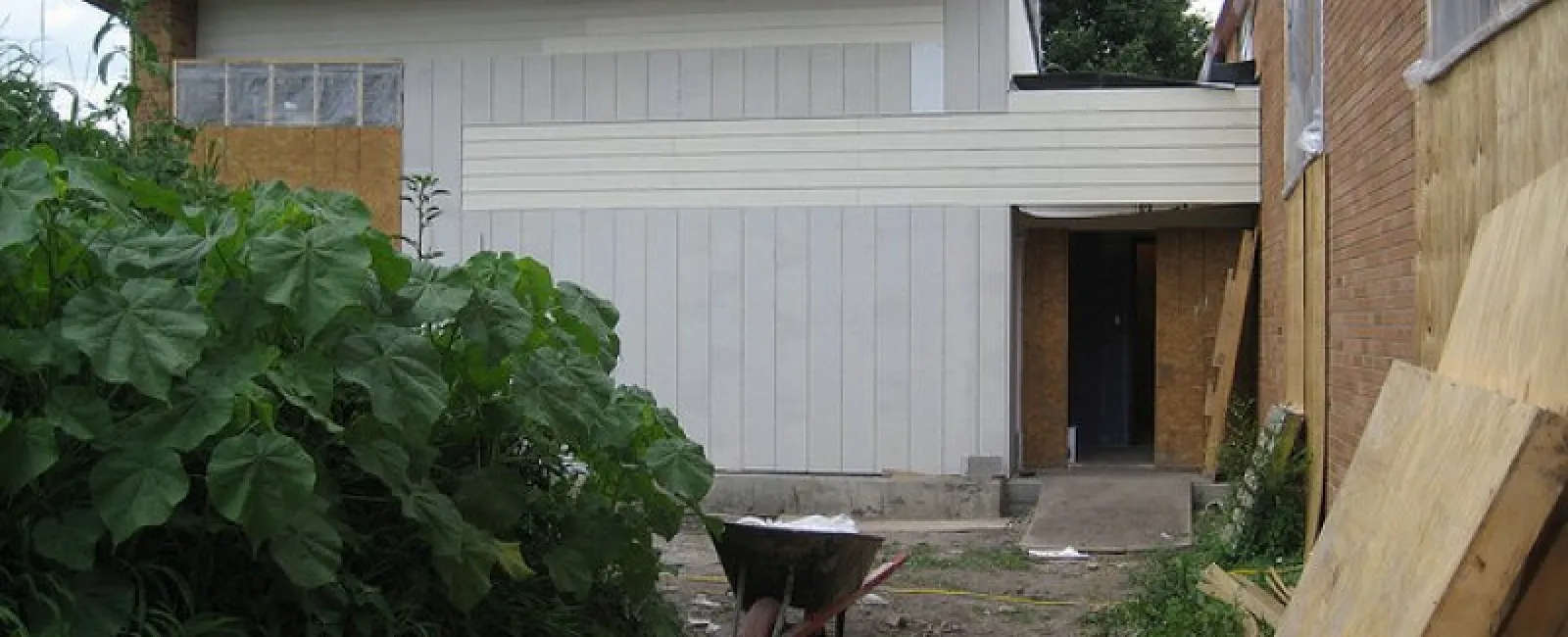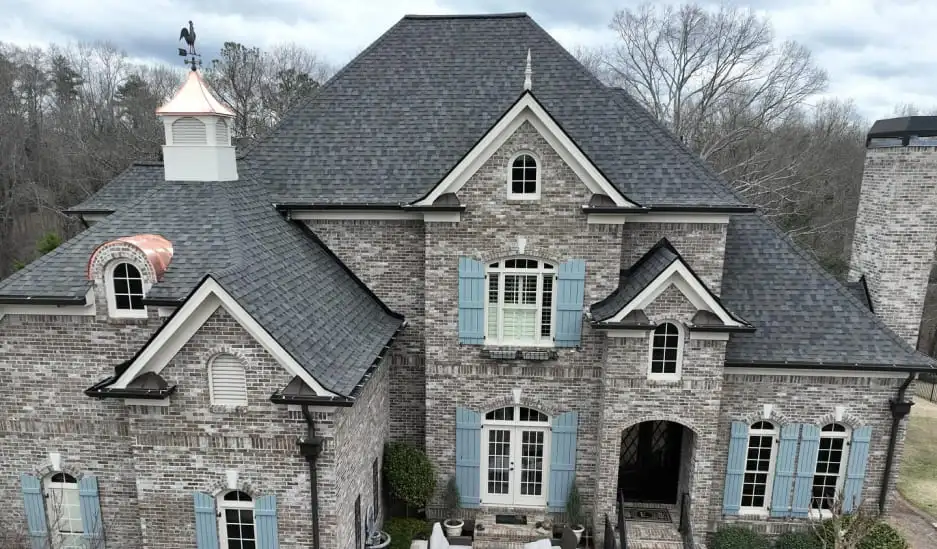The fiber cement siding installation is similar to other siding installation, but has a few quirks of its own due to the unique, durable nature of fiber cement. Here’s what to expect when you plan for fiber cement siding.
1. Choosing your siding
Fiber cement boards are always made from the same combination of materials, a mixture of wood fibers and Portland cement. However, you still have to pick the style and color you want. Fiber cement can be molded and cut into many types of boards (resembling wood down to the grain patterns), so you will have many choices regarding the width of your boards, vertical vs. horizontal siding, as well as other options.
Because fiber cement boards are made in factories, they are typically painted as part of the production process. There’s an advantage to this: The paint is applied evenly and sinks into the fibers, making it very durable while saving on on-site work. However, you will usually need to choose your color when you order, so try to get a look at a sample before you make a decision.
2. Predrilling and preparation
The fiber cement siding installation process itself is similar to other siding projects, but may take a bit of extra work on the part of your contractor. Like other types of siding, fiber cement is installed against a protective layer and nailed into the studs, but fiber cement is tough – very tough. Unless you or your professionals are using heavy-duty pneumatic nail guns, it may be necessary to predrill holes in the boards to prepare them.
The same is true of cutting fiber cement for corners and proper lengths. This requires tougher saws and tools than siding like vinyl or wood – another reason to use a contractor that already has these tools.
3. Nailing and fiber cement siding installation
Fiber cement boards are typically nailed with corrosion-resistant screws or nails: Other methods like brackets or staples cannot support these heavy boards. C-wing screws can help hide fastening in more obvious places or when boards need to be attached to metal studs, while galvanized hot-tipped nails should be used for traditional wood studs. While it may be tempting to drive the nails in deeply, this is a bad practice in siding installation. Nails should be flush with the board.
Because fiber cement boards are heavy, it is nearly impossible for one person to install them correctly. Two or more people are typically required to leverage the board into position.
4. Cleanup
Cutting fiber cement boards can create a lot of dust around a site. This dust is more dangerous than sawdust, so wearing masks is common to avoid breathing it in. Cleanup afterward is also important to remove any linger piles. Washing off the installed boards may also be common practice.
Are you considering new siding? Call Findlay Roofing, our experts can help.



